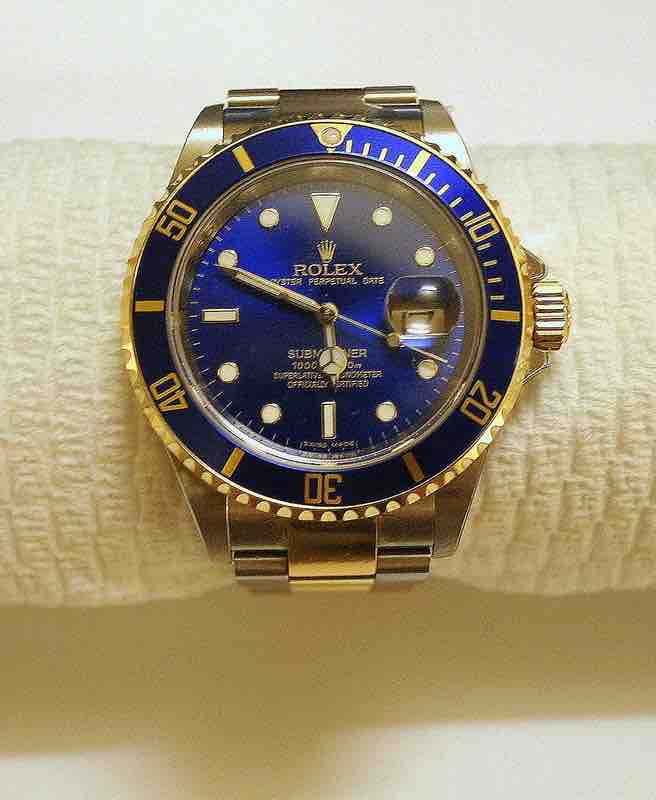Criteria for Segmenting
An ideal market segment meets all of the following criteria:
- It is possible to measure.
- It must be large enough to earn profit.
- It must be stable enough that it does not vanish after some time.
- It is possible to reach potential customers via the organization's promotion and distribution channel.
- It is internally homogeneous (potential customers in the same segment prefer the same product qualities).
- It is externally heterogeneous. In other words, potential customers from different segments have different quality preferences.
- It responds consistently to a given market stimulus.
- It can be reached by market intervention in a cost-effective manner.
- It is useful in deciding on the marketing mix.
Segmentation Strategies
There are two major segmentation strategies followed by marketing organizations: a concentration strategy and a multi-segment strategy.
In the concentration strategy, a company chooses to focus its marketing efforts on only one market segment. Only one marketing mix is developed. This strategy is advantageous because it enables the organization to analyze the needs and wants of only one segment and then focus all its efforts on that segment. The primary disadvantage of concentration is that if demand in the segment declines, the organization's financial position will also decline .

Rolex uses a Concentration Strategy
Rolex focuses on a single market segment-- those who want a luxury watch. Rolex is thus a prime example of the concentration strategy of market segmentation.
In the multi-segment strategy, a company focuses its marketing efforts on two or more distinct market segments. The organization does so by developing a distinct marketing mix for each segment. They then develop marketing programs tailored to each of these segments. This strategy is advantageous because it can increase total sales since more marketing programs are focused at more customers. The disadvantage of this strategy is the higher costs stemming from the need for multiple marketing programs.
Segmenting Methods
Segmentation of a market to define a target consumer base can be done in a variety of methods such as:
Geographic Segmentation
Geographic criteria—nations, states, regions, countries, cities, neighborhoods, or zip codes--define the market segments. The geo-cluster approach combines demographic data with geographic data to create a more accurate profile of a specific consumer. In areas prone to rain, you can sell things like raincoats, umbrellas, and gumboots. In hot regions, you can sell summer wear, while in cold regions, you can sell warm clothes.
Demographic Segmentation
This consists of dividing the market into groups based on variables such as age, gender, family size, income, occupation, education, religion, race, and nationality. Demographic segmentation variables are among the most popular bases for segmenting customer groups because customer wants are closely linked to variables such as income and age and because there is a plethora of demographic data available.
Psychographic Segmentation
In psychographic segmentation, consumers are divided according to their lifestyle, personality, values, and social class. Foreigners within the same demographic group can exhibit very different psychographic profiles.
Behavioral Segmentation
Consumers are divided into groups according to their knowledge of, attitude toward, use of, or response to a product. It is actually based on the behavior of the consumer.
Occasions
Companies can segment the market according to the occasions of use, such as whether the product will be used alone or in a group, or whether it is being purchased as a present or for personal use.
Companies can segment the market according to the benefits sought by the consumer.
Usage Rate
Markets could also be segmented by usage rates. For example, it has been suggested that targeting heavy users can lead to increased sales. Segmenting by usage could divide the market by heavy users vs. light users.